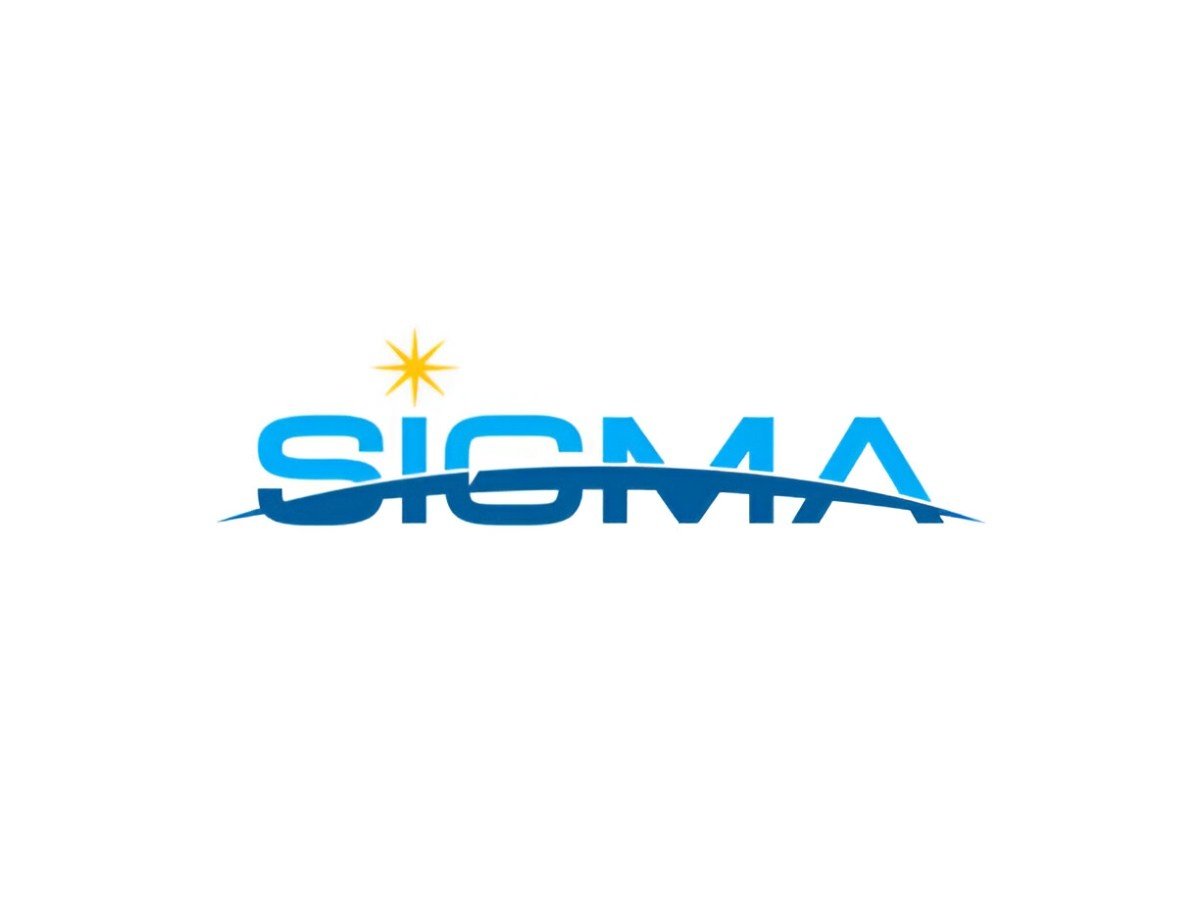Cryptocurrency is a rapidly evolving landscape, with new coins and mining technologies emerging all the time. One such advancement that has caught my attention is Sigma Miner. In this article, I’ll delve into what Sigma Miner cryptocurrency is, how it works, and how it compares to other cryptocurrencies and mining operations. My goal is to give you an in-depth understanding, especially if you are considering entering this space for the first time.
Table of Contents
What Is Sigma Miner Cryptocurrency?
At its core, Sigma Miner is a cryptocurrency designed for mining efficiency. But it’s more than just a coin; it’s built around the concept of optimizing mining processes, making it more accessible and profitable for individual miners. In simple terms, it’s a coin created to streamline the process of cryptocurrency mining, focusing on reducing energy consumption, increasing mining speeds, and providing a unique, stable platform for investors.
Cryptocurrency mining involves validating transactions on the blockchain and solving complex mathematical puzzles, which in turn requires significant computational power. Sigma Miner stands out in this respect by integrating advanced algorithms that make the mining process less resource-intensive, improving energy efficiency.
The Technology Behind Sigma Miner
To understand the significance of Sigma Miner, let’s take a closer look at the technology. Sigma Miner utilizes a hybrid consensus algorithm, combining Proof of Work (PoW) and Proof of Stake (PoS). Here’s a brief explanation of both:
- Proof of Work (PoW): In PoW, miners compete to solve a complex mathematical problem, and the first one to solve it gets rewarded with cryptocurrency. This process requires a lot of computational power and energy.
- Proof of Stake (PoS): PoS, on the other hand, is more energy-efficient. It works by allowing coin holders to “stake” their coins, validating transactions based on the number of coins they own rather than computational power.
Sigma Miner blends these two systems, creating a more energy-efficient yet secure mining process. By combining the strengths of PoW and PoS, Sigma Miner aims to offer a more sustainable mining solution.
The Advantages of Sigma Miner
1. Energy Efficiency
Sigma Miner’s hybrid approach allows it to be more energy-efficient compared to traditional PoW-based cryptocurrencies. Since staking is involved, miners don’t need to rely entirely on power-hungry equipment. Instead, they can stake their Sigma coins to validate transactions, reducing the energy consumed per mined coin.
2. Faster Transactions
Sigma Miner employs an advanced algorithm to process transactions faster than many existing cryptocurrencies. This can be a game-changer for individuals and businesses that require quicker confirmation times for their transactions.
3. Lower Mining Costs
Traditional mining setups can be expensive, requiring costly hardware and significant energy consumption. With Sigma Miner, the lower power requirements and dual mining model significantly reduce the upfront and ongoing costs of mining. For example, miners only need moderate computational resources to mine, making the entry barrier lower.
4. Decentralization
One of the key goals of any cryptocurrency is decentralization, ensuring that no single entity has control over the network. Sigma Miner achieves this through its PoS system, where anyone can participate by staking their coins and earning rewards.
5. Long-Term Stability
Unlike many cryptocurrencies that experience extreme volatility, Sigma Miner uses an algorithm designed to stabilize the coin’s value over time. Through regular updates and community input, the developers focus on maintaining a balance between supply and demand, avoiding rapid price swings.
How to Mine Sigma Coins
Mining Sigma Coins can be done in two ways: Proof of Work (PoW) and Proof of Stake (PoS). Both methods offer unique benefits, but they require different approaches. Here’s a breakdown:
Proof of Work (PoW)
To mine Sigma using PoW, you would need to set up a mining rig. This can be done by purchasing specialized hardware, such as ASIC (Application-Specific Integrated Circuits) miners or GPUs (Graphics Processing Units). You’ll also need to join a mining pool to improve your chances of solving the block’s complex puzzle and earning coins.
Proof of Stake (PoS)
In contrast, staking doesn’t require heavy computational power. If you have Sigma coins, you can participate in the staking process by locking up a certain number of coins for a set period. In return, you’ll receive a portion of the mining rewards. The more coins you stake, the higher your chances of receiving rewards.
Sigma Miner vs. Traditional Mining: A Comparison
Let’s compare Sigma Miner with traditional mining processes, such as Bitcoin mining. The table below illustrates the differences in energy efficiency, costs, and accessibility.
| Feature | Sigma Miner (PoW + PoS) | Traditional Mining (e.g., Bitcoin) |
|---|---|---|
| Energy Consumption | Low, hybrid model (PoW + PoS) | High (PoW-only, requires ASICs) |
| Mining Hardware | Moderate (can use GPUs for PoW) | Expensive (ASIC miners required) |
| Initial Investment | Low to Moderate | High (Cost of hardware and setup) |
| Transaction Speed | Faster (due to optimized algorithm) | Slower (dependent on network load) |
| Mining Cost | Lower (due to PoS participation) | High (energy-intensive) |
| Decentralization | High (PoS model and open participation) | Medium (ASICs concentrated in few regions) |
From the table, it’s clear that Sigma Miner’s hybrid model is more energy-efficient and accessible for individual miners. This makes it a more appealing option for newcomers or those with limited resources.
Potential Challenges of Sigma Miner
While Sigma Miner has several advantages, it’s not without its challenges. Some of the key drawbacks include:
- Complexity: The dual consensus algorithm might be harder for newcomers to grasp. Understanding how PoW and PoS work together can take some time.
- Security Risks: While the hybrid model improves security, there is still the risk of 51% attacks. This occurs when a single entity or group controls the majority of the staked coins.
- Market Volatility: Despite efforts to stabilize the coin’s value, like any cryptocurrency, Sigma Miner is still subject to market fluctuations. It can be difficult to predict long-term trends.
Sigma Miner Tokenomics
The tokenomics of Sigma Miner plays a significant role in its growth and sustainability. Tokenomics refers to the economic model behind the cryptocurrency, which includes the distribution and circulation of tokens. In Sigma Miner’s case, the coins are distributed through mining and staking rewards.
The total supply of Sigma coins is capped at 21 million, making it similar to Bitcoin. However, the rewards for staking decrease over time, a process known as inflationary reduction. This mechanism helps to ensure that Sigma coins become scarcer over time, potentially increasing the value.
Practical Example: Mining Sigma Coins
Let’s consider an example of mining Sigma coins. Assume you have 1,000 Sigma coins and want to stake them to earn rewards.
Staking Rewards Calculation
Let’s say the annual staking reward rate is 5%. Here’s how your staking rewards would be calculated:
- Initial Sigma coins staked: 1,000
- Annual staking reward rate: 5%
- Annual reward: 1,000 * 0.05 = 50 Sigma coins
If you hold your stake for a year, you’d earn 50 Sigma coins, bringing your total to 1,050. Of course, this calculation assumes that the staking reward rate remains constant and doesn’t account for fluctuations in the coin’s value.
Conclusion
Sigma Miner cryptocurrency presents a promising solution for those interested in mining but who are looking for more energy-efficient and cost-effective ways to participate. By combining Proof of Work and Proof of Stake, it offers the best of both worlds: computational power and low energy usage. While it’s not without its challenges, such as complexity and market volatility, its hybrid mining approach provides a significant advantage over traditional cryptocurrencies.
In the end, Sigma Miner represents the future of mining, blending technology, sustainability, and decentralization. As with any investment, due diligence and careful consideration are essential. For those willing to understand its nuances, Sigma Miner may offer an appealing alternative to traditional mining methods.





